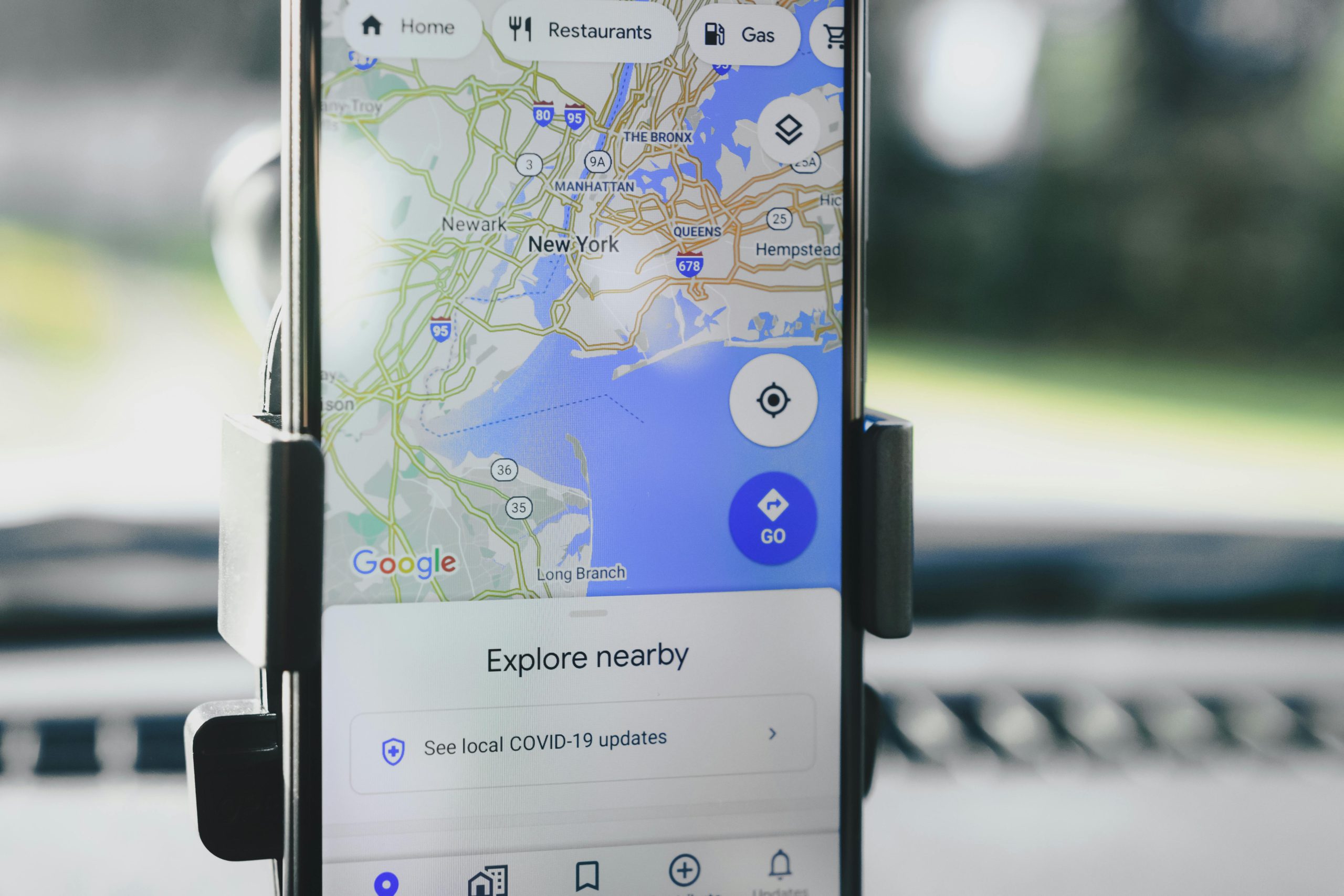Creating a Portable Webpage for Viewing PDFs Offline
Hello everyone,
I’m embarking on an exciting project – I want to create a webpage that can be stored on a thumb drive, allowing easy offline access to thousands of PDF files I’ve gathered for my family. This idea has been on my mind for a while, and while it feels like ages since I last created anything web-related, I’m eager to dive back in.
Back in the day, I would have approached this using simple frame layouts, but I’m sure there are better, more modern methods to achieve my goal now.
I’m looking for your expert suggestions! Ideally, the layout will feature sections on the left side that can expand or collapse as needed, making navigation straightforward and user-friendly.
Here’s a quick sketch of what I envision:

I’d greatly appreciate any tips, resources, or guidance you can offer to help me bring this project to life. Thank you in advance for your insights!
Warm regards!


2 responses to “Looking to create a portable webpage that can store and display thousands of PDFs.”
Creating a webpage that can run directly from a thumb drive and manage thousands of PDFs is a fun and practical project! Here’s a step-by-step guide to help you create a user-friendly offline webpage for your family.
Step 1: Organize Your PDFs
Before diving into the webpage creation, begin by organizing your PDFs into folders on the thumb drive. This will make it easier to navigate through the files. For example, you might categorize them by family member or topic.
Step 2: Structure Your Webpage
You’ll want your webpage to provide a simple and intuitive interface for viewing your PDFs. Consider using HTML, CSS, and JavaScript for this task. Here’s a basic structure:
Step 3: Create the HTML Layout
Start with a simple HTML layout to display your PDFs. Here’s a basic example:
“`html
“`
Step 4: Write the CSS
In your
style.css, you can style your webpage to have a clean and organized layout. For instance:“`CSS
body {
font-family: Arial, sans-serif;
margin: 0;
display: flex;
}
.container {
display: flex;
width: 100%;
}
.sidebar {
width: 200px;
background: #f4f4f4;
padding: 10px;
}
main {
flex-grow: 1;
padding: 10px;
}
iframe {
border: none;
}
“`
Step 5: Add JavaScript for Interactivity
In your
script.js, you’ll handle loading the PDFs when a user clicks on a link:javascriptfunction loadPDF(pdfUrl) {
document.getElementById('pdf-viewer').src = pdfUrl;
}
Step 6: Testing on the Thumb Drive
After creating your HTML, CSS, and JavaScript files, save them on your thumb drive in a folder structure. When you open the
index.htmlfile in a web browser, the PDF viewer should function correctly.Step 7: Update and Expand
If you want to make your webpage even more dynamic, consider implementing a function where the PDF list can be generated automatically by fetching file names from the designated folder. This requires a bit more JavaScript programming and possibly using a server-side language if you move towards a more dynamic setup in the future but is not easily done in strict offline mode.
Bonus Tips
By following these steps, you’ll be able to create a functional and engaging way for your family to view your extensive PDF collection. This project not only serves as a practical tool but also a reminder of how web technologies have evolved since the days of frames. Good luck, and enjoy the process!
This sounds like a fantastic project! Creating a portable webpage to access a wealth of PDF resources offline is both practical and meaningful, especially for sharing with family. To achieve your vision, here are a few suggestions:
1. **Frameworks and Libraries**: Consider using modern front-end frameworks like React or Vue.js. These can help you build a dynamic user interface that allows for expandable/collapsible sections with ease. They also offer components that can enhance usability, such as search bars or filters.
2. **Static Site Generators**: If you’re looking for a simpler approach, using a static site generator like Jekyll or Hugo could be beneficial. They can compile your HTML files and integrate associated assets, making it easy to manage a large number of PDFs. Plus, you can create a simple navigation layout without deep diving into complex coding.
3. **File Management**: Depending on how you’re storing your PDFs, consider how the file paths will be structured. Relative paths will ensure that your links remain functional regardless of where the thumb drive is accessed. Ensure that your PDFs are optimized for quick loading times, which can enhance the user experience.
4. **Offline Accessibility**: Look into incorporating service workers to cache your website and assets for offline access. This way, users can still navigate your page without an internet connection, which is perfect for when they’re utilizing the thumb drive.
5. **User Experience**: For the expandable sections, libraries like jQuery UI or Bootstrap can provide you with pre